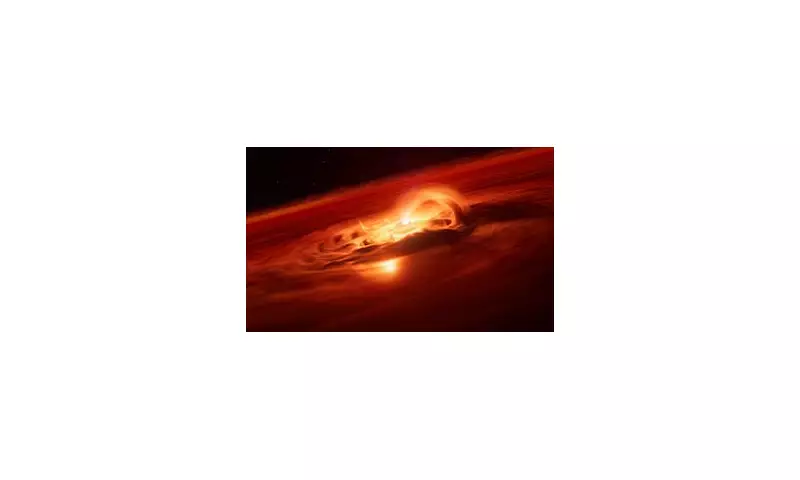
In a revelation that reads like science fiction, astronomers have identified a colossal rogue planet drifting through the cosmic void, completely independent of any stellar system. This mysterious celestial body, accumulating billions of tonnes of mass, represents one of the most fascinating astronomical discoveries of recent years.
The Cosmic Wanderer Defying Convention
Unlike the planets in our solar system that obediently orbit the Sun, this newly discovered world answers to no star. It moves through space as a true cosmic nomad, challenging conventional understanding of how planets form and exist.
What makes this discovery particularly extraordinary is the planet's continuous growth. Scientists estimate the wandering world is accumulating mass at an astonishing rate, potentially through cosmic dust and gas collection as it travels through interstellar space.
Unravelling the Mysteries of Rogue Planets
Astronomers have long theorised about the existence of such free-floating planets, but concrete evidence has been elusive until recent technological advancements made detection possible. This particular discovery opens new windows into understanding:
- Alternative planetary formation mechanisms
- The prevalence of rogue planets in our galaxy
- How planets can survive without the warmth of a host star
- The potential for life in unexpected cosmic environments
Scientific Implications and Future Research
The detection of this massive rogue planet suggests there may be countless similar worlds drifting undetected through our galaxy. This fundamentally changes our perspective on planetary distribution throughout the cosmos and raises intriguing questions about the diversity of planetary objects.
Researchers are particularly excited about what this discovery means for our understanding of planetary system evolution. Some scientists speculate that rogue planets may be more common than previously imagined, potentially outnumbering stars in our Milky Way galaxy.
The Search for More Cosmic Wanderers
With this groundbreaking discovery, astronomers are now intensifying their search for similar rogue planets. Advanced telescopes and detection methods are being deployed to identify more of these mysterious wanderers, each potentially holding clues to unanswered questions about our universe's composition and history.
As technology continues to advance, we may soon discover that the cosmic neighbourhood is far more populated with independent planetary travellers than anyone ever imagined.





